5 Tips To Help You Fish the Unseen Part Of a Hatch
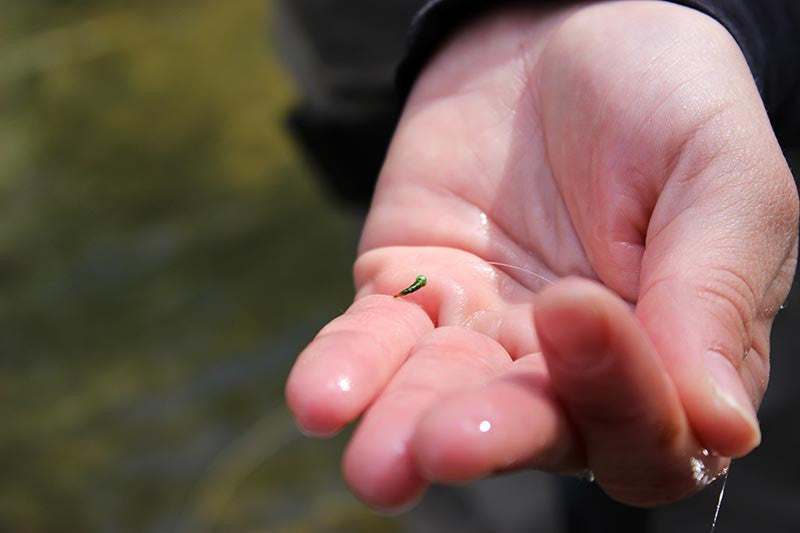
I swear to fish the hatch and the whole hatch.
To most fly anglers, fishing the hatch means fishing dries, spinners, or maybe emerger patterns to actively feeding trout.
For more years than I can remember, I've spent time sitting on the bank waiting for the “hatch” to happen.
Then about 15 years ago it hit me when a guide client asked, “what were the bugs doing before they hatched?"
Bam! Light went on.
Why I hadn’t thought of this myself?
Most of the popular books and articles gave great detail about the actual hatch but not a whole lot about what the larvae were doing beforehand. So I referred to lecture and some lab notes from a college class in aquatic entomology I had taken way back in the early 80s.
Right there in black and white was a possible answer in research done on the Hendrickson mayfly (E. Subvaria). Some of the nymphs actually will swim to the surface and “false emerge” a few times before they actually break through the surface and fly off.
This got me thinking about other mayflies, caddisflies, and stoneflies and their habits. I spent some time that winter doing a bit more research and tying.
The following season I spent more time fishing specific nymph patterns before the actual emergence of the flies. This along with concentrating my efforts in the water I knew the bugs would be coming from got me trout I had overlooked before.
This has given me a new set of tools to put a guide client into more fish in non-hatch periods without fishing nymphs blind. Here are some tips to extend your “hatch" fishing. One thought to remember is that as with anything fly fishing related it is not the only answer but one of many.
1. Learn the habits and habitat of the major mayfly, caddisfly, and stonefly species in your area.
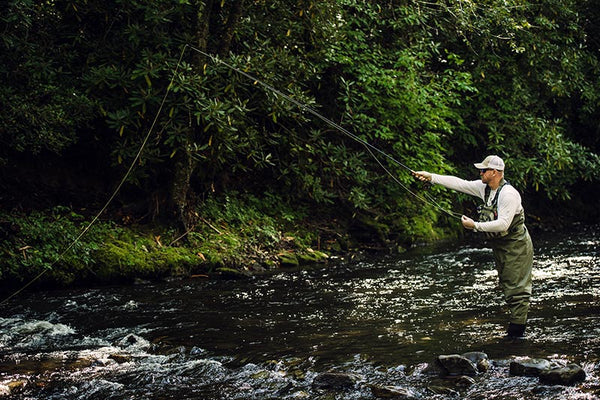
This doesn’t mean you need a PhD in entomology, but just a bit of research into what your waters have to offer.
If you have an idea of what bugs are in the water, you can learn their habits.
One of our first hatches here in the East is the Quill Gordon (Epeorus pleuralis). Unlike most mayflies, their emergence actually occurs on the bottom and they swim to the surface as a winged mayfly. The best way to fish their hatch is with a wet fly sunk in mid depth current. They're clinging nymphs, so they love fast water, which means the heads of pools are the best place to throw their imitations.
Another example of an unseen part of a hatch is the diving caddis species that lay their eggs among the substrate rocks and weeds. They'll climb down a rock or stick to get to the bottom, and once they've deposited their eggs, they'll slowly float back to the surface, spent. Trout will key on these and many times they leave bulges as if they were feeding on emergers. To cover both bases, use a pupa and a diving caddis imitation. Fishing them upstream and dead drifting can get those fish to take.
Finally, don't overlook a sunken spinner pattern when the spinner fall has ended. I've watched some fairly large trout gorge themselves on spinners that have sunk well below the surface. With a little digging you can uncover some unseen parts of a hatch.
2. Keep an open mind when you're headed to the river or lake to fish.
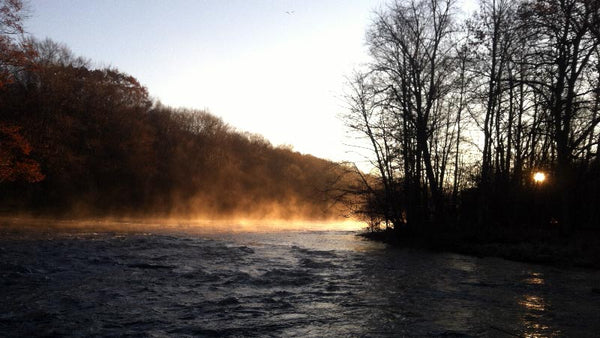
Photo by VERN-O Burm.
This is something I try to instill in my clients and students in my fly fishing classes at the fly shop.
Don’t just rush into the water and start casting.
Take a few minutes to sit back and watch what is going on. Let the trout tell you what to fish.
I've started to rig my rods up on the bank giving me a few minutes to look around at what is, or is not, happening. I can’t tell you the number of times someone's come into the shop and complained of a bad day because they went to the river expecting to fish one way and the hatch didn't happen, or fish were on something they didn't expect.
If you have a general idea of what is going on use that as your plan foundation and build on that once you get to the river. If I have not been on a particular piece of water and don’t have a trusted source of info, I'll spend a few minutes shaking the streamside vegetation to see what flies out. Many aquatic insects that hatch later in the day or early morning will rest under leaves on trees and brush close to the water. Give them a good shake see what flies away or use a net to catch a few see what is there.
3. Keep your sub-surface fly selection fairly simple.

I try to keep my boxes organized by the season/size of the bugs that'll be hatching.
Unlike my dry fly boxes that have multiple patterns of the same kind of flies (say emerger pattern, low floating adult, parachute, catskill style dry, elk hair caddis, or stimulator to a spinner pattern or spent adult in the appropriate sizes), my nymph boxes are quite simple – mostly pheasant tails and different colored hare's ear patterns for mayflies; sparkle pupa, deep sparkle pupa or soft hackle wets for caddis; and a couple different types of stones.
These will be in different colors dark, med shade and light shades to cover different species.
I've found the shape of the artificial is more important that the exact color. If you reference the different types of mayflies, caddis and stones you will get a good idea of the shapes your artificial will need to be.
Clinger nymphs.
For clinger nymphs I like to use hare's ear style fly with a shorter abdomen tapered up to a wide, flatter thorax.
Crawler nymphs.
For a crawling style nymph I like to tie somewhat the same type of hare's ear fly but I tie it on a 2X hook so the abdomen can be a tad bit longer and thinner like the natural.
Swimmer nymphs.
For swimming nymphs I love the pheasant tail. It mimics the shape and action of the swimmers almost exactly.
I tie all of these in a dark, mid, and light versions to match the shades of the naturals.
Caddis nymphs.
For caddis, I keep if even simpler and use sparkle pupa, deep pupa and green rock worm for the vast majority of my caddis imitations.
Stonefly nymphs.
For stones, I tie dark and golden versions from size 4 down to size 14 on a Daiichi 1730 stonefly hook.
One exception is a fly I tied up about 10 years ago and has become one of our bestselling flies at the shop. It's based on the Tarcher-style nymph patterns tied to mimic a stonefly that's lost its grip on the bottom and is tumbling with the current.
4. Be mindful of how your fly is acting when fishing a nymph prior to a hatch.

If you've ever seen how most nymphs that have been dislodged from the bottom act, they don’t just fall to the bottom like a rock.
The nymph sort of “sails” to the bottom on the current – almost opposite of how they swim to the surface to emerge.
I tend to fish a double nymph rig with an unweighted nymph along with a beadhead of the same style, or fish a couple of different sized unweighted nymphs under a piece of split shot.
I tie the unweighted fly off of the eye or bend of the hook depending on the size of the beadhead fly. If it's a size #12 or greater, I tie it at the bend of the hook. Smaller than #12s, I tie them off the eye of the hook.
I then adjust the length between the flies to get the unweighted fly to where the fish want it. I usually start off about 15 inches and work a little longer if the fly needs to be a bit higher in the current.
Weight management can be the most important thing when you're nymph fishing. Too much, you're constantly hooking bottom; too little, your flies are not where they need to be.
Sometimes if you can get above feeding fish you can tell at what level they're feeding most. If not, it's a bit of trial and error.
5. Don’t get into a rut.
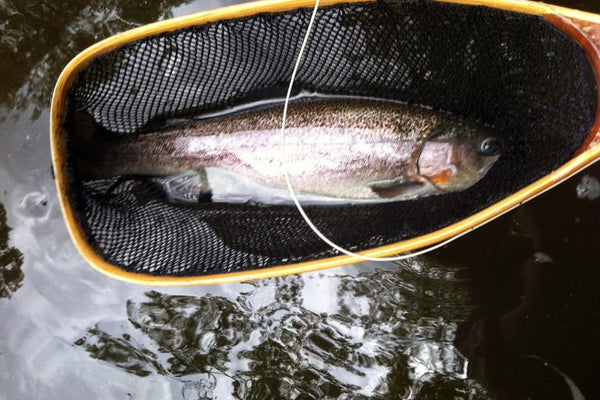
Keep an eye out for the point where the trout transition from one stage to another.
I can't count the times I've been doing well fishing subsurface before a hatch, and when the trout actually transition to feeding on the surface, I miss the best part of the surface fishing.
This also holds true for the other end of a hatch watch for the rise form to change when spinners start and trout start slurping them slowly on the surface. Some of the more prolific hatches will have the dun and spinner stages in the air at the same time. The trout sometimes switch to the most numerous or easiest to take.
I'll also fish a sunken spinner pattern once the number of rises has lessened and have caught some of my largest trout of a day fishing a spinner several inches below the surface through slower foam-line water or a back eddy.
This also holds true for when trout switch from one species to another as I said above I always try to go to the river with an open mind and let the trout tell me how/what to fish.
Matching the hatch has never been easier.
Take your tying and fishing to the next level by adding the final element of realism to your nymphs.
The most advanced range on the market, Nymph-Head® Evolution™ is a tungsten fly tying beadhead family molded in the natural shape, size, and colors of the heads of the most common aquatic insects that trout feed on: mayflies, stoneflies and caddisflies.
Want more articles like this?
Join the Flymen Mailing List at the bottom of the page!
About Steven Babbitt:
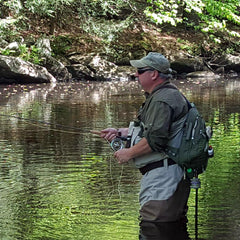 Steve has been guiding since 1997 – 10 years as an independent guide, and the last 8 years through JT’s Fly Shop. He's fished all over North America, from New Brunswick for salmon to Florida for tarpon. While he guides throughout Connecticut Steve specializes in the North East part of the state with its many quality trout waters that run through the forest lands of the “quiet corner”. When not on the water he spends time tying flies for the fly shop as well as working the counter. Born and raised in Northeast Connecticut he lives in Union with his wife and 3 daughters. There is a spring seep that actually starts a large part of the Thames Valley watershed just beyond his back yard. Steve also teaches fly fishing and fly tying classes at the fly shop and does presentations at many clubs in Connecticut and Western Massachusetts. One other passion he has is the aquatic bugs’ trout love to eat; he has a decent sized collection of preserved samples for references. He is a past board member of the Thames Valley Trout Unlimited and member of Western Massachusetts fly fishermen.
Steve has been guiding since 1997 – 10 years as an independent guide, and the last 8 years through JT’s Fly Shop. He's fished all over North America, from New Brunswick for salmon to Florida for tarpon. While he guides throughout Connecticut Steve specializes in the North East part of the state with its many quality trout waters that run through the forest lands of the “quiet corner”. When not on the water he spends time tying flies for the fly shop as well as working the counter. Born and raised in Northeast Connecticut he lives in Union with his wife and 3 daughters. There is a spring seep that actually starts a large part of the Thames Valley watershed just beyond his back yard. Steve also teaches fly fishing and fly tying classes at the fly shop and does presentations at many clubs in Connecticut and Western Massachusetts. One other passion he has is the aquatic bugs’ trout love to eat; he has a decent sized collection of preserved samples for references. He is a past board member of the Thames Valley Trout Unlimited and member of Western Massachusetts fly fishermen.


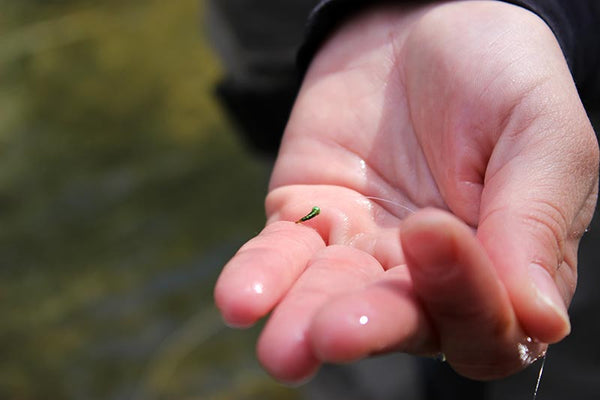
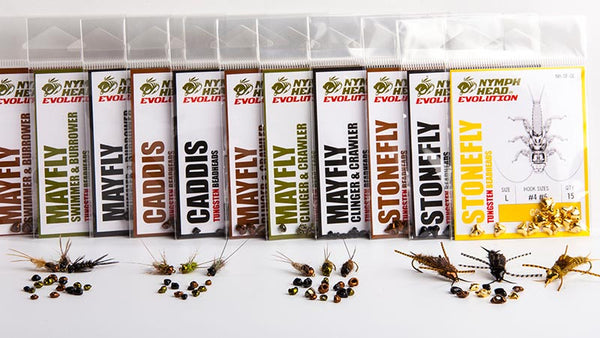
more info from Steve Babbitt please
I would like more info on fly fishing the southern sierras.
Very useful information. Would like more info on the Oklahoma/Arkansas (South/Central US) hatches, please!!!!!
Nicely done. I was out with a guide yesterday. It was good to get a new perspective on how one fishes. If you read this excellent advice its almost as good as being there.
Nicely done. I was out with a guide yesterday. It was good to get a new perspective on how one fishes. If you read this excellent advice its almost as good as being there.
Leave a comment